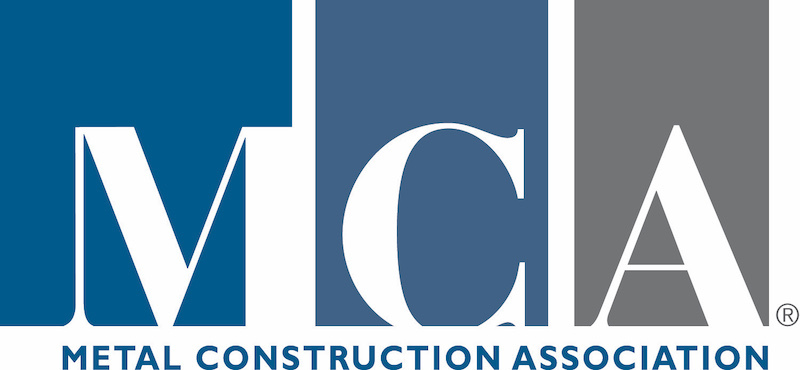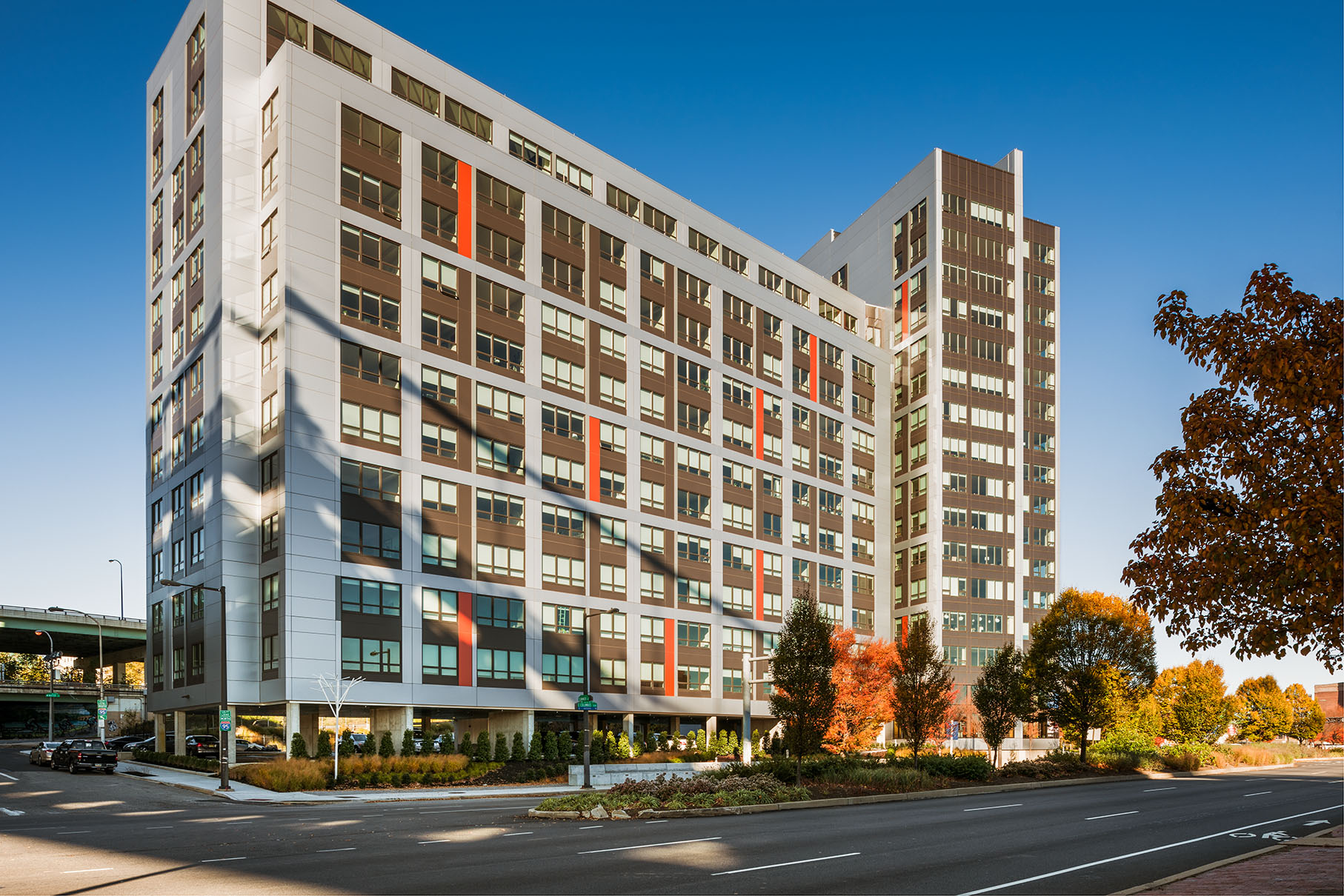Allowable Deflection for MCM Cladding - Why L/60?
One benefit, long enjoyed by metal composite materials (MCM), is the ability of the panel to deflect under load and return back to flat once the load is removed. Even with this ability, there is a limit to how far MCM panels are allowed to deflect. IBC Table 1604.3 defines the deflection limits of construction materials including metal roofing and siding. While MCM is not specifically listed, footnote “a” discusses “structural roofing and siding made of formed metal sheets” and allows the deflection of these materials to be L/60. MCM has long been included in this group and L/60 is recognized as a limiting factor.
The allowable deflection limits have long been included in the code for both structural and visual reasons. Prior to the International Building Code (IBC), allowable deflection was long regulated by both the Model Codes and local building codes. The original intent was to provide a limited amount of movement that would prevent brittle interior finishes and materials from cracking under load.
In some cases, such as wall cladding, this loading was generally limited to wind load, however in many cases ceiling panels were also covered and this loading would include both live loading from the floors above and the weight of the materials used in construction.

